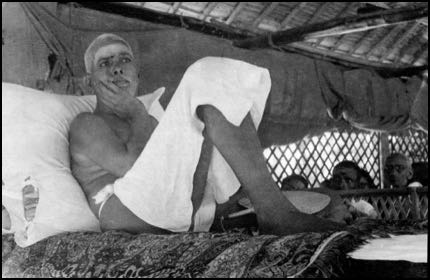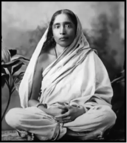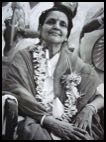Spiritual-Teaching.org
Letter #17 - Pray to Whom?
Why should we pray?
If we do pray, to whom do we pray? And what do we pray for?
These questions are addressed by all the major religious traditions. A Moroccan Sufi master once said: “The sickness of the human heart is, ‘what shall I do’?” Our challenge is that we do not know rightly what to do and become paralysed by an illness that seemingly has no cure. Spirituality is the medicine that shows us what to do. It is an action, not a well-intentioned but flimsy resolution that quickly evaporates.
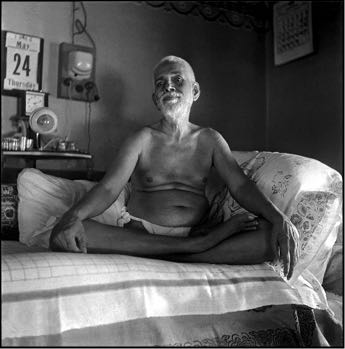
By praying we accept that there is a higher power to whom we may turn in times of trouble and more importantly, in search of enlightenment and by that one means clarity. For devotees of Sri Ramana Maharshi and Arunachala, the answer is obvious.
However, now that Sri Ramana Maharshi is no longer in this physical world and Arunachala is seemingly an inert pile of rocks, the question of whether they are capable of responding to our pleas is pertinent.
Anyone who has spent time at Arunachala knows that some mysterious alchemy emanates from the holy hill. And anyone who genuinely prays to Sri Ramana Maharshi in any shape or form that connects with him receives a response, mostly subtle but nonetheless palpable.
Firstly, even before praying how does one connect? As we noted in a previous letter, the initial process that aligns us with a higher power requires an intention. It asks us to make an effort by concentrating wholeheartedly knocking on that proverbial, apparently obstinate door. It may be the thought that one can't continue in the same repetitive pattern of behaviour and that there must be a better way, which impels one to knock. It may be that faced with repeated confusion one asks for understanding. No thought goes unnoticed or denied. It is a question of persistence and the acceptance that a price will be paid as one steps forward. We must be prepared to let go of our past and its recollections. A clean slate is required for us to receive. If we tenaciously hold onto our so-called precious memories and accustomed conduct, we will demonstrate the same tired and outworn behaviour and thoughts that have been proven to take us nowhere.
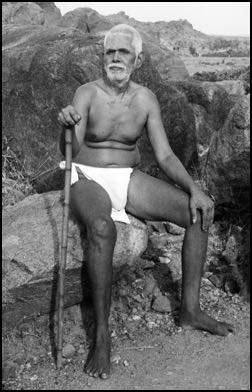
I found over the years that my attitude towards Sri Ramana Maharshi changed significantly. At first, paralysed by all the novel sensations associated with coming to an entirely new environment, a Hindu place of worship, my sense of discrimination was badly impaired by the lack of perspective and precedent. Everything seemed to be of one bright colour and I failed to see the varied textures, and as a result, misunderstood what was important and what was merely a historical necessity for the ashram to function effectively. The strangeness of it and one dare say, the glamour, blinded me to the living, the authoritative purpose behind the façade.
The rituals with the impressive Vedic chants, the elaborate decorations of the samadhis of Sri Ramana and The Mother, the peacocks, the lazy dogs milling about, the cheeky monkeys, and the pilgrims who with earnest looks of devotion crowd the temples, all contribute to a newly arrived Westerner a feeling of an exotic world. But behind this appearance is a pulsating heart, which uses the paraphernalia to clothe and impart a laser-like message. It took me years to begin to understand the difference between the energy of the unadorned truth that stripped me of my pretensions, and the external display that soothed my nerves and gave me a feeling of security.
Returning to the original question of this Letter. To whom then does one pray? In the first instance, it is to whom we call Sri Ramana Maharshi. Over time I slowly began to understand that the historical Sri Ramana is an inspiration and affirmation that there did in this world appear a person who knew the profound truths of our universe and that his words and actions were a clue meant for our education and appreciation, but as who ‘he’ is now is an entirely different question.
